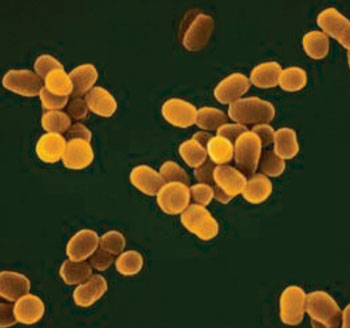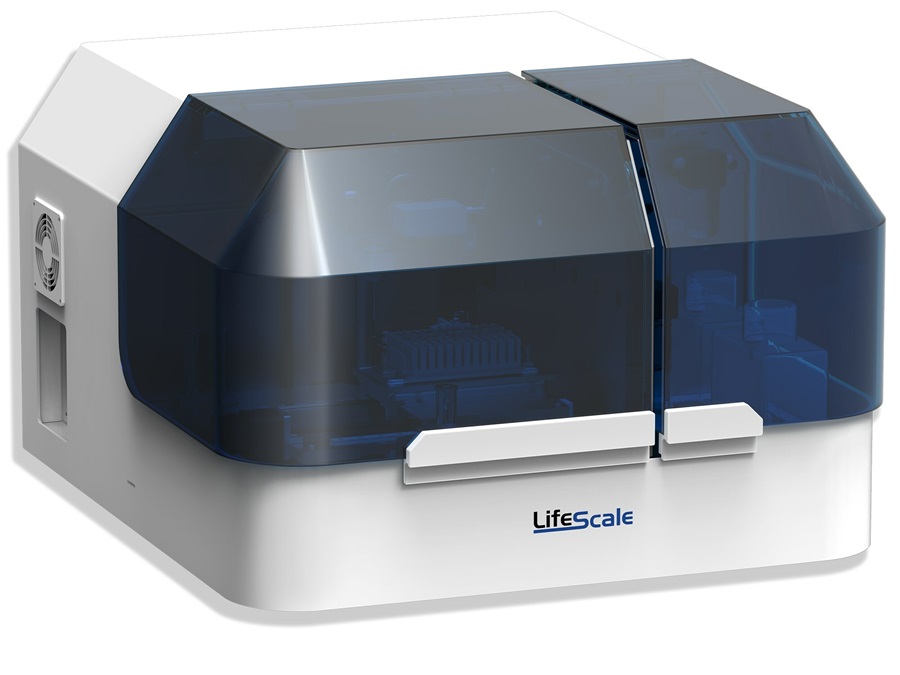Blood Culture Diagnostic Techniques Compared for Human Brucellosis
By LabMedica International staff writers
Posted on 16 Apr 2014
Isolation of the bacteria Brucella is the gold standard in the laboratory diagnosis of brucellosis and as the organism is intracellular, the number of circulating bacteria is usually low.Posted on 16 Apr 2014
Three different blood culture methods, the lysis concentration (LC), clot culture and conventional Castaneda blood culture techniques, have been compared for the isolation rate and recovery time in the diagnosis of human brucellosis.

Image: Scanning electron micrograph of Brucella abortus (Photo courtesy of the Czech University of Life Science).
Microbiologists at the Shri B. M. Patil Medical College (Bijapur, Karnataka, India) performed blood cultures by LC, clot culture and conventional method in 169 patients who had antibody titers equal to or greater than 160 international units by the serum agglutination test (SAT).
For the conventional culture technique, the blood specimen was inoculated aseptically into the broth phase of Castaneda's biphasic medium consisting of brain heart infusion agar and broth with Brucella selective supplement (Hi-Media; Mumbai, India). For the LC technique, the mixtures centrifuged and the supernatant was discarded and the sediment was inoculated in the Castaneda's medium, instead of culture plate.
For the clot culture technique, the blood clot was preserved in the sterile screw capped plastic tube with glass beads after removal of serum was used for this method. The clot was disrupted by shaking the tubes on a shaker for 15 minutes and the disrupted clot was then inoculated in Castaneda's medium. The media were incubated at 37 °C with 10% carbon dioxide for a maximum of 30 days. Provisional confirmation and biotyping of the isolate was done by performing slide agglutination test using B. abortus and B. melitensis monospecific antisera (Murex Biotech; Dartford, UK).
Overall blood culture positivity was found to be 24.8% by conventional culture, 34.9% by clot method, and 43.1% by the lysis technique. The mean recovery time by lysis and clot culture techniques was significantly less than conventional method, resulting in an overall difference of nearly six and four days respectively.
The authors concluded that for the isolation of Brucella from blood specimen, LC method is better than conventional Castaneda's method as the isolation rate is high and the recovery time is less. Clot culture is a better option when a second blood sample cannot be obtained for culture. As lysis and clot culture techniques are sensitive, simple and inexpensive and yield earlier results, they can be adapted in the technically and economically deprived areas where automated systems are not feasible. The study was published on March 19, 2014, in the Journal of Laboratory Physicians.
Related Links:
Shri B. M. Patil Medical College
Hi-Media
Murex Biotech












.jpg)
